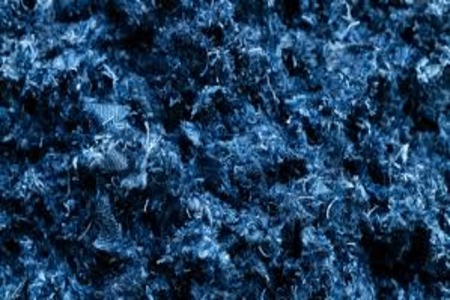

Pangaia x Goldwin x Spiber
The biosphere circulation program from Spiber is a ground-breaking initiative that uses its proprietary fermentation technology to upcycle biobased and biodegradable agricultural and textile waste. The primary goal of this program is to encourage society to develop fully circular textile products that, at the end of their lifecycles, can be regenerated into an innovative protein material called “Brewed Protein.”
Pangaia and Goldwin, long-term partners of Spiber, have joined the revolutionary “biosphere circulation” program, which aims to turn agricultural byproducts and discarded clothing and textiles into nutrients for microbial fermentation and the creation of novel protein materials.
In order to realize this vision for a circular ecosystem of industrial materials that are bio-based, biodegradable, and used as nutrients at their end-of-use, Spiber invites stakeholders from the industry to participate in the project.
At the Future Fabrics Expo in London on June 26, Spiber’s first demo product, which was made by Goldwin to figure out how to make compliant products that can be digested by microbial fermentation, will be shown off.
Spiber is investing a significant amount of resources into creating a comprehensive circulation infrastructure with the long-term goal of commercialization because it is aware of the difficulties associated with end-use textile recycling. In order to determine what can be efficiently digested into nutrients, the company has been testing a variety of fibers, dyes, and processing chemicals that are utilized in the production of apparel products. In order to ensure that the textile industry has the tools necessary to adopt this innovative process, this information is being used to inform the development of requirements for textile products that will be published in the near future.
The brands will help Spiber collect valuable data and create a comprehensive product design guide that allows clothing to be broken down into biological nutrients that can be used to make upcycled materials. In addition, the brands will contribute to the development of product design guidelines that are applicable to a wide variety of garment types and will encourage the industry as a whole to adopt this environmentally friendly strategy.
Spiber and Goldwin have created a demonstration product as a first step to identify potential obstacles that must be overcome in order to further develop the design guideline for a fully circular final product that the fashion industry can adhere to.
Yiqi Yang has developed a groundbreaking fiber-to-fiber recycling technology that removes dyes, separates blended fibers, and recovers high-quality materials.
DS Smith has unveiled a plastic-free packaging solution for BMW's car wheel carriers, replacing traditional materials with recyclable corrugated cardboard.
A doctoral thesis from the University of Borås, Sweden, presents a novel method for healing large bone defects using bioplastic…
Ambercycle and Highsun Holding Group have signed a strategic cooperation agreement aimed at advancing textile-to-textile (T2T) closed-loop recycling systems.
PAIGE has partnered with the Cotton Lives On programme to launch a recycling campaign, encouraging customers to bring in old…
Toray Industries Inc. from Japan, has partnered with Head Sports GmbH to create the Boom Raw tennis racquet, a product…